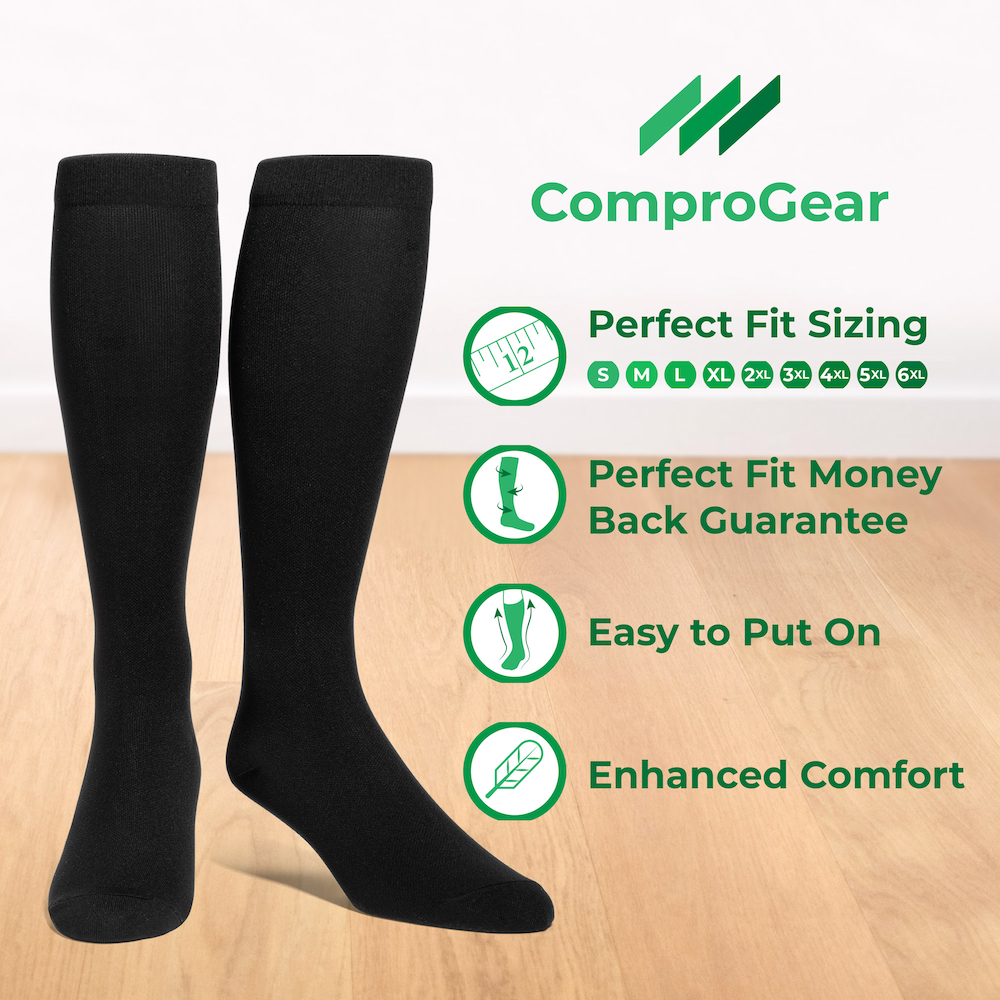
We’ve all been there–sore feet and tired legs from standing for too long is a hard thing to put up with. With life moving at a demanding pace, many of us don’t get the rest we need. When things get busy, we develop haphazard daily routines that can take a toll on our health. An easy-to-use pair of zip up compression socks can be a great way to take care of yourself throughout a busy day.
Why Wear Zippered Compression Socks?
Zip up compression socks can prevent and manage a myriad of health issues. Mild or chronic medical problems like varicose veins or irregular blood circulation can result from standing for extended periods of time. Irregular blood flow in the body contributes to leg ache, spider veins, DVT and edema. Compression socks can help.
When blood is unable to reach the heart in time through the natural flow of the circulatory system, our body reacts in strange ways. For example, slowed blood circulation can cause the veins and arteries to struggle to perform well, cause swelling, leg pain and varicose veins.
Compression socks are a medication-free option, proven to be the most natural solution to these problems. Zip up compression socks are an excellent option for several reasons:
Compression socks with a low to medium pressure level are safe to use without a prescription.

They require very little effort or time to use properly.
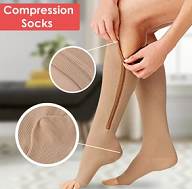
- Zippered stockings are even more convenient to use than a non-zippered pair, as they’re simpler to put on and take off.
- Zip up compression socks are a good option for people who experience weakness. Signs of weakness include shaking hands and a trembling body.
- Classic compression stockings without a zipper can be too difficult for people with weakness to apply.
- Elderly patients will especially benefit from having a zippered option for compression socks.
- Arthritis is a condition that zip up compression stockings can help with, as donning even ordinary stockings without a zipper can be quite the task for an arthritic patient.
You can wear them over sensitive skin.

- Compression socks are usually tight and need to be worn regularly for better and effective results. But if you suffer from sensitive skin, it can be quite painful to pull on ordinary compression socks.
- Compression zip-up socks work best for people with edema or light skin damage since they don’t require pulling the sock on across the sensitive skin.
- For a condition like mild or moderate skin sensitivity, zip up compression socks are your best bet. They don’t rub against the skin during donning, and it only requires zipping up after adjusting your toes.
Sock sizing is more forgiving.
- The design of zip socks is very much favorable for all types of feet and legs, from thin to slim to full.
- This may be one of the most beneficial aspects of zippered compression stockings, since there is no concern regarding inappropriate fitting resulting in mild irritation.
Types of Zip Up Compression Socks
Although compression stockings can come in a variety of lengths such as knee-length, full-length or as a regular sock style, zip up compression socks tend to be available in the following styles:
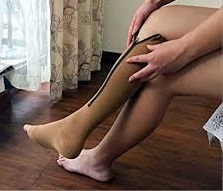
Knee-Length
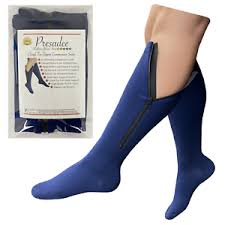
Zippered compression stockings will always be a minimum of knee-length. This ensures that the zipper will stay firmly in its place. A shorter sock size can cause the zipper to “unzip” if the socks are worn for a long time.
Knee-high zip up socks are a great option for curing leg pain quickly. They can remedy the pain that tends to begin in the foot by regulating blood flow.
Doctors recommend zip up compression socks for swelling of the foot or calf, since the swelling can make it difficult and painful to pull on a non- zippered compression sock.
Open-Toe
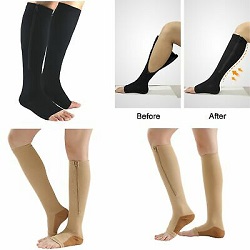
Open-toe zippered compression socks are a fantastic buy, especially in the summer. The toes remain exposed, which gives great relief in warm weather conditions. The rest of the foot remains covered with compression fabric to ensure you still reap the benefits of wearing your pressure stockings.
Open-toe zip up compression stockings are a comfortable option and can be easier to put on because there is no need to adjust fabric around the toes.
If you are someone who prefers wearing slippers, sandals or flip flops, then open-toe compression socks are for you. In general, it really comes down to the personal choice of not wanting a full sock.
Sometimes a full-cover compression sock can contribute to itching of the toes, but this can be avoided with an open-toe option. Open-toe knee-length zippered socks require the least amount of struggle when it comes to putting on or taking off your compression socks.
Common Uses for Zip Up Compression Socks
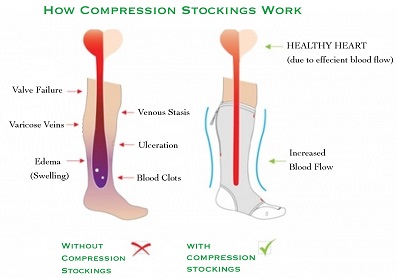
There are many uses for zip-up compression socks, but the most common include the reduction of leg pain, varicose vein prevention and keeping swelling down.
Lack of rest, walking for long hours, sitting in one place for too long or daily stress are all reasons people suffer from abnormal blood pressure.
Zippered compression socks are honestly one of the best inventions. The zipper makes it much easier to pop on the compression socks, and that encourages more of us to try them out, enjoying the benefits without any side effects.
Can you benefit from a good pair of compression socks? Zip ups may be a good option if you’re looking for your first pair! Some common ailments that zip up compression stockings can manage include:
Fatigue

Fatigue is so common nowadays, not only for people who work in a professional environment, but also those who carry out domestic work at home. Whether you work in a high-profile position at your firm or commit yourself to managing your home, each form of work demands physical effort, time and mental exertion.
Not only this, but conditions like pregnancy and monthly periods play a major role in causing fatigue in women. Tired legs and unusual blood pressure can be the result. That’s where zippered compression socks come in as the most natural solution to these routine problems.
Swelling
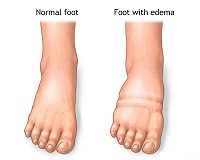
Swelling does not always occur in people who sit or stand for long hours. Rather, swelling in the legs appears when the blood flow is irregular, which can happen for several reasons.
Pregnancy, difficulties with blood pressure and diabetes can each cause swelling. When blood circulation is not healthy, it first affects the legs as they require gravitational force to push blood from the feet to the heart.
If you suffer from mild to moderate edema, then zippered compression socks are the perfect answer. They immediately regulate the blood circulation, and swelling will start to fade away in no time.
Varicose Veins and Spider Veins
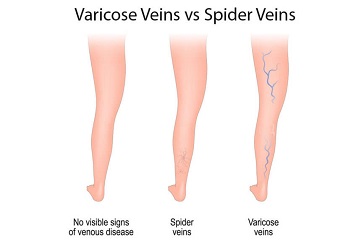
Although spider and varicose veins may not be as common as leg aches and swelling, they do seem to plague the majority of people with irregular blood circulation.
Abnormal blood flow severely affects arteries and veins, leaving them unable to function appropriately. This can cause spider veins.
Varicose veins can occur when the veins and arteries are not able to facilitate blood movement efficiently, leading to a spike in blood pressure in those areas.
Spider and varicose veins cause discomfort; however, using zip-up compression socks daily can effectively aid in overcoming these issues.
Post-Surgery Recovery
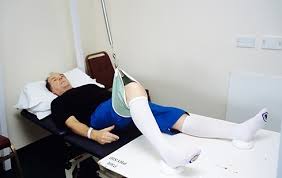
Although surgeries are not always significant, they nearly always involve the use of anesthetics. This is why your post-surgery condition will demand more attention and care in comparison with pre-surgery preparations.
The adverse effects of anesthesia and medications used in the procedure can create problems that the patient must deal with on top of the primary illness. For instance, swelling is a common condition that patients face after surgery.
This is a crucial time as the person is already consuming numerous drugs. There may not be the option of taking yet another medication to alleviate post-surgery issues.
Compression socks can come to the rescue. They are not only convenient and comfortable, but they are also affordable. At a time when the patient is unable to move much, zip-up compression socks are the most favorable option.
Post-Thrombotic Syndrome (PTS)
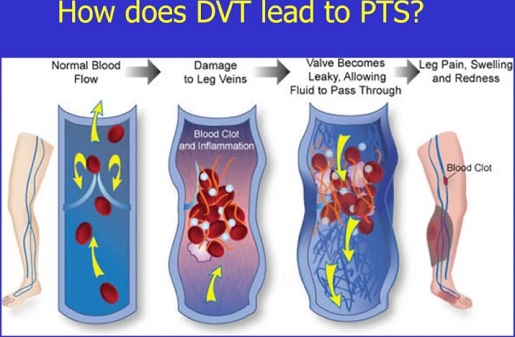
Post-thrombotic syndrome (PTS) is a result of DVT (deep vein thrombosis). People can suffer from PTS after experiencing DVT.
DVT is a condition in which the venous valves of the veins do not work effectively in pushing the blood from the legs back to the heart. DVT has its own set of symptoms that doctors advise to treat with compression socks.
The symptoms of PTS are unpleasant. PTS causes severe edema, shooting pain in the legs and tightness of the veins. Knee-length zippered compression socks work wonders for alleviating or preventing PTS altogether.
Orthostatic Hypotension

Orthostatic hypotension is a common condition that most of us experience at least once in our lives. It is the feeling of lightheadedness or dizziness when standing up from a sitting or lying position. Orthostatic hypotension happens mainly because of low blood pressure, which is a result of irregular blood circulation.
Many people who face this issue in their daily lives may try to ignore it, feeling they simply do not have the time or energy to properly address their hypotension. The problem can seem so small because the feeling of discomfort lasts just a couple of seconds, dissipating shortly after.
Unfortunately, orthostatic hypotension can cause fainting. It may also affect your ability to complete work or participate in leisure activities. A simple, low-commitment option is to wear zipper compression socks to normalize your blood pressure.
The Best Materials for Compression Socks
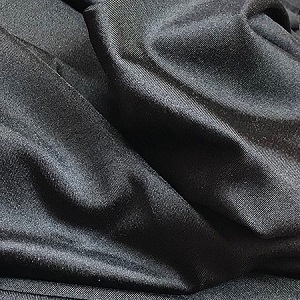
At ComproGear, we use a quality combination of nylon and lycra. Here’s why:
- Nylon. This fabric suits most skin types, preventing further irritation of the skin.
- Lycra. Lycra mainly works as an anti-bacterial material. It prevents itching and allergic reactions.
Who Should Wear Zippered Compression Socks?
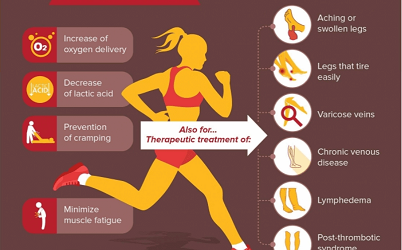
Compression socks are for everyone. Doctors may prescribe them to people who suffer from an illness as small as mild discomfort to as troublesome as DVT or lymphedema. Mild conditions that do not require medical assistance are safe to treat with low-pressure zip up compression socks.
Safe to wear with immediate results, minimum mmHg compression stockings and socks can regulate your blood flow by improving circulation through the veins and arteries.
Some of the more serious conditions that compression socks are famous for treating are listed below. For these, you may require a consultation with your doctor to acquire high-pressure compression socks:
Deep Vein Clots
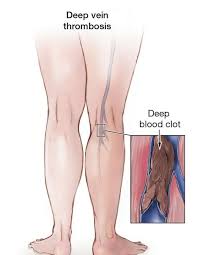
Prevention of venous diseases is one of the many applications of compression hosiery. Compression socks can bring your blood flow back to normal, minimizing the chances of tangled veins or formation of blood clots.
Deep vein clots form in legs when the blood circulation is too slow, or when the system is struggling against gravity to transfer blood from the feet to the heart. Zip up compression socks can improve circulation in your legs from the toes all the way up to the thigh.
Pulmonary Embolism
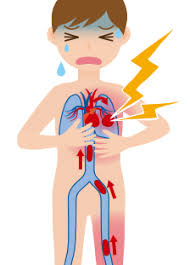
When clots form in the legs due to improper blood circulation, they sometimes travel to the lungs. The clot may block the pulmonary arteries in the lungs, resulting in pulmonary embolism. Although this is rare, it causes a great deal of pain and can be life-threatening.
Edema
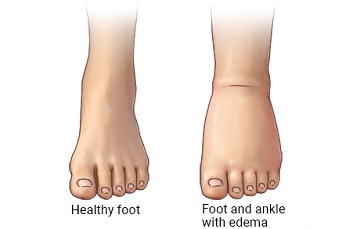
Edema, commonly known as swelling, is something we’ve all experienced. Conditions like pregnancy, hormonal imbalance and diabetes can cause swelling. Compression stockings are the best choice if you are seeking a non-medicated remedy.
How Do I Choose the Right Socks?
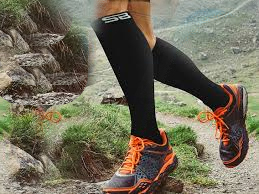
The process of choosing the right zippered compression socks is straightforward. All you need to do is select the level of mmHg compression that suits your requirements.
For example, 15-20 mmHg compression socks are ideal for problems like mild leg pain, fatigue or swelling.
If you have conditions such as varicose veins, spider veins or edema, then 20-30 mmHg is best.
A 30-40 mmHg compression sock will do for more serious conditions like DVT, PTS or lymphedema.
Don’t forget to take off your compression socks each night before bed. Otherwise, it is okay to wear them for the rest of the day.
Last but not least, choose the style that feels the most comfortable for you: open-toe or full coverage compression socks. Should you notice your condition is not improving or is becoming worse, make sure to visit a doctor for expert advice.
This page last updated October 25, 2022
